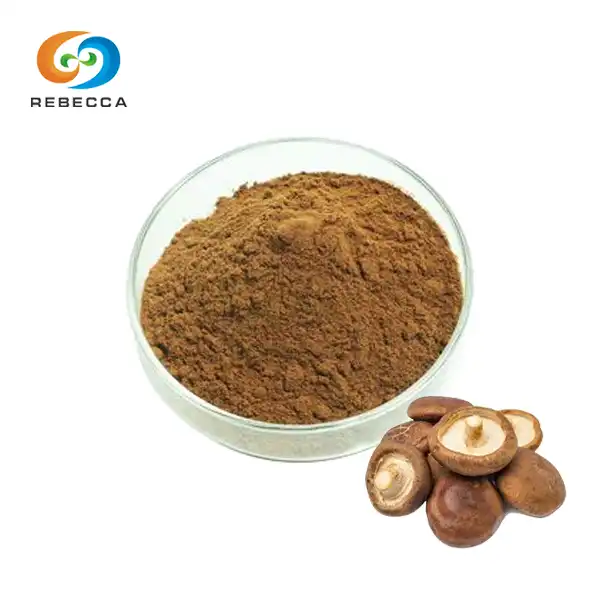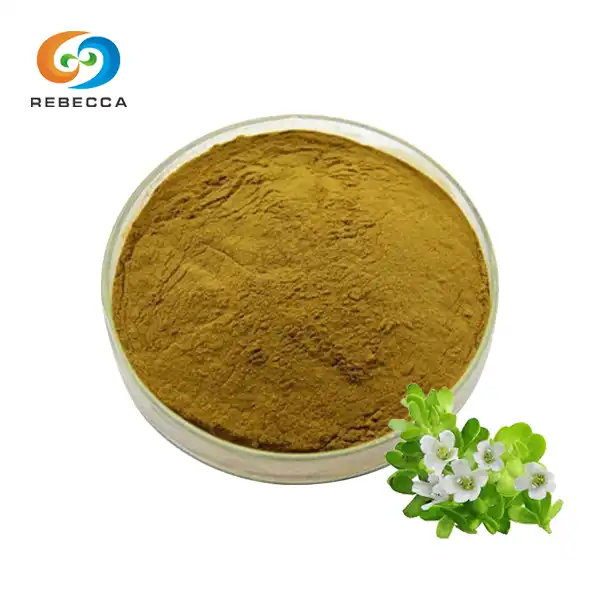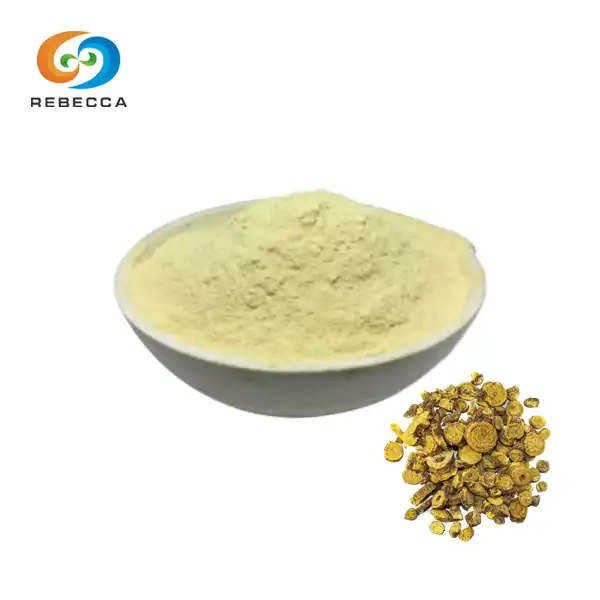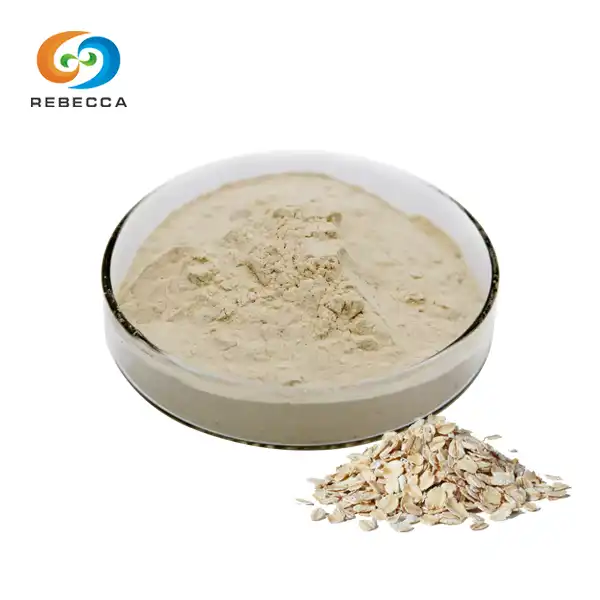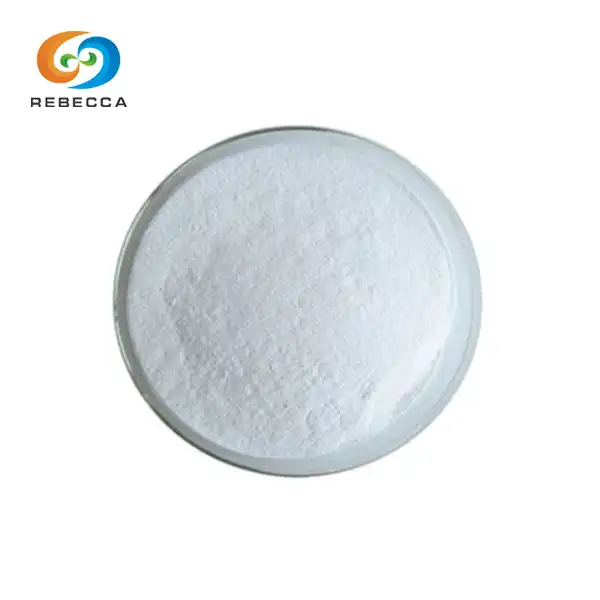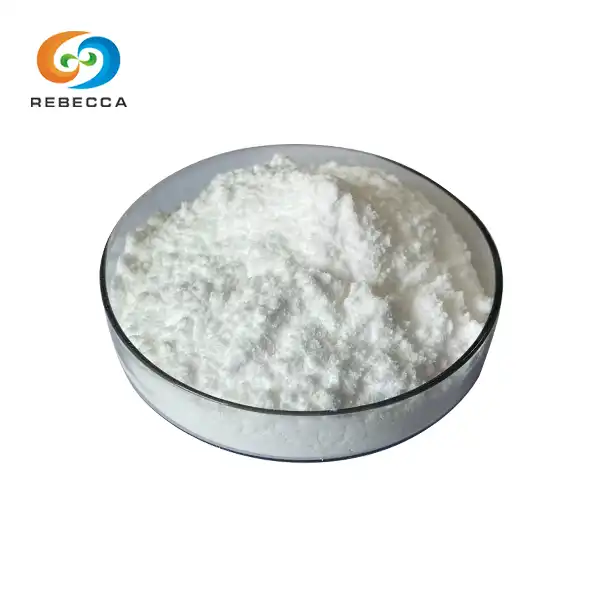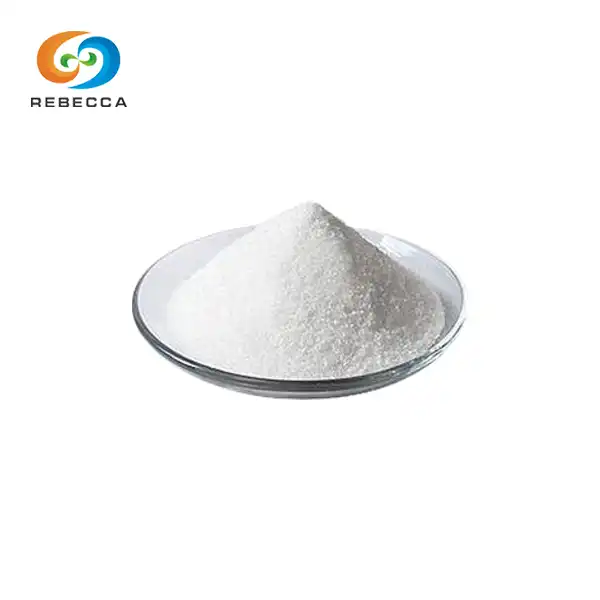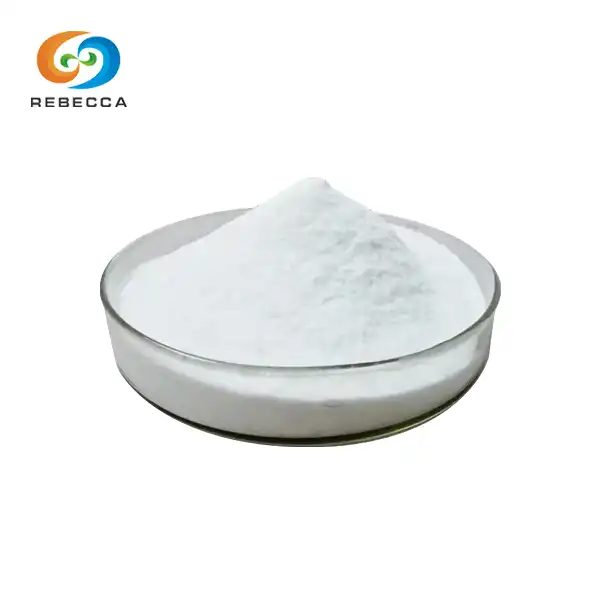Is gotu kola extract powder safe for kidneys?
Gotu kola extract powder, derived from the Centella asiatica plant, has gained popularity for its potential health benefits. When it comes to kidney safety, research suggests that gotu kola extract powder is generally safe for most people when used appropriately. Studies have shown that the active compounds in gotu kola, including asiaticoside, may even have protective effects on kidney function. It's really important to remember that safety can depend on things like how much you take, your health, and whether you're on any other medicines. Gotu kola, which is a plant, has shown it might help protect the kidneys by reducing inflammation and oxidative stress. But before you start taking it, especially if you have any kidney problems, it's always a good idea to talk to a doctor first. Some studies suggest that gotu kola could help the kidneys stay healthy, but we still need more research to know for sure how it works over time. As with any supplement, it’s best to use it in moderation and follow the recommended amount to make sure it’s safe and helpful.
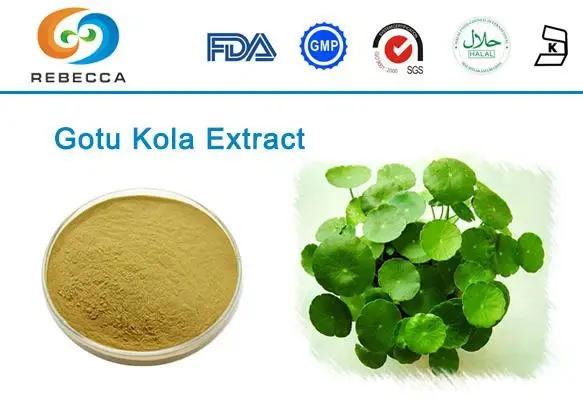
Gotu Kola Extract Composition
Origins And Traditional Uses of Gotu Kola
Gotu kola, or Centella asiatica, is a plant that grows in places like India, Sri Lanka, and Southeast Asia. For centuries, people in India and China have used gotu kola as a natural remedy.
It’s often called the "herb of longevity" because many believe it can help with things like improving memory, healing faster, and staying healthy. Over time, it’s been used to treat problems like skin rashes, stomach aches, stress, and poor circulation. Since gotu kola seems to help with so many different issues, scientists are now studying it more to figure out how it can be even more helpful to us.
Key Bioactive Compounds In Gotu Kola Extract
The efficacy of gotu kola extract powder can be attributed to its rich composition of bioactive compounds. Among these, triterpenoid saponins stand out as the primary active constituents. The most notable triterpenoids include:
- Asiaticoside: This compound is known for its wound-healing properties and potential anti-inflammatory effects.
- Madecassoside: Another important triterpenoid that contributes to the herb's healing and anti-inflammatory abilities.
- Asiatic acid: This compound has shown promise in neuroprotective and anti-cancer studies.
- Madecassic acid: Known for its antioxidant properties and potential benefits for skin health.
In addition to these triterpenoids, gotu kola extract also contains flavonoids, phytosterols, and amino acids, all of which contribute to its overall therapeutic potential. The synergistic action of these compounds is believed to be responsible for the wide-ranging health benefits associated with gotu kola extract powder.

Extraction Methods and Their Impact on Potency
The process of extracting bioactive compounds from gotu kola plays a crucial role in determining the potency and efficacy of the final product. Various extraction methods are employed, each with its own advantages and potential impacts on the quality of the extract:
- Solvent Extraction: This method uses organic solvents like ethanol or methanol to extract the active compounds. It's efficient but may leave trace amounts of solvent in the final product if not properly purified.
- Supercritical CO2 Extraction: A more advanced technique that uses pressurized carbon dioxide to extract compounds. This method is considered cleaner and can preserve more of the plant's natural properties.
- Water Extraction: A traditional method that uses hot water to extract compounds. While gentler, it may not be as effective in extracting all the beneficial components.
- Standardization: Many commercial extracts are standardized to contain specific percentages of key compounds, particularly asiaticoside, to ensure consistent potency.
The choice of extraction method can significantly influence the concentration of active compounds in the final gotu kola extract powder. This, in turn, affects its potential therapeutic effects and safety profile. When selecting a gotu kola extract product, it's important to consider the extraction method and standardization process to ensure you're getting a high-quality, potent, and safe supplement.

Potential Effects of Gotu Kola Extract on Kidney Function
Antioxidant Properties And Renal Protection
One of the most promising aspects of gotu kola extract powder in relation to kidney health is its potent antioxidant properties. The kidneys are organs that are particularly susceptible to oxidative stress due to their high metabolic activity and exposure to toxins. Gotu kola extract, rich in compounds like asiaticoside and madecassoside, has demonstrated significant antioxidant capabilities in various studies. These antioxidants work by neutralizing harmful free radicals and reducing oxidative damage to kidney tissues. Research has shown that the antioxidant effects of gotu kola extract may help protect renal cells from damage caused by various factors, including toxins, medications, and chronic diseases. By mitigating oxidative stress, gotu kola extract could potentially support overall kidney function and health. Furthermore, some studies have suggested that the antioxidant properties of gotu kola extract may help in preventing or slowing the progression of certain kidney disorders. However, it's important to note that while these findings are promising, more comprehensive human studies are needed to fully understand the extent of gotu kola's renal protective effects.
Anti-inflammatory Effects And Kidney Health
Inflammation plays a big part in many kidney problems and can make kidney function worse over time. Gotu kola extract has some strong anti-inflammatory effects, which might help support kidney health. The key ingredients in gotu kola, especially asiaticoside, can help calm down the body’s inflammation. Research has shown that gotu kola may help lower the production of certain chemicals in the body that cause inflammation. It can also block some of the pathways that trigger inflammation. This anti-inflammatory action could be helpful for conditions like chronic kidney disease, kidney inflammation (glomerulonephritis), and diabetic kidney problems. By reducing inflammation, gotu kola may help protect the kidneys and slow down the damage caused by these conditions. That said, while gotu kola shows promise, it’s important to remember that it shouldn’t replace regular medical treatments for kidney problems. Always consult a doctor for proper care.
Potential Impact On Renal Filtration And Urine Output
Some traditional uses of gotu kola have included its application as a mild diuretic, which has led to investigations into its effects on renal filtration and urine output. While research in this area is still limited, there are indications that gotu kola extract may influence kidney function in terms of filtration and urine production. Preliminary studies have suggested that gotu kola extract might have a mild diuretic effect, potentially increasing urine output. This property, if confirmed in larger human studies, could be beneficial in certain situations where increased urine output is desired, such as in cases of mild fluid retention or as part of a supportive approach to managing certain kidney conditions. However, it's important to approach these potential effects with caution. Any substance that affects kidney filtration and urine output can have significant implications for overall health, especially in individuals with pre-existing kidney issues or those taking medications that affect kidney function. Therefore, the use of gotu kola extract for its potential diuretic effects should only be considered under the guidance of a healthcare professional. Moreover, the impact of gotu kola extract on renal filtration rates and overall kidney function needs further investigation. While some studies have shown promising results in animal models, more research is required to fully understand how gotu kola extract affects human kidney function in both healthy individuals and those with kidney disorders.

Safety Considerations And Precautions
Dosage Recommendations And Potential Side Effects
When using gotu kola extract powder, it’s important to take the right amount to stay safe and get the best results. There's no exact dose that works for everyone, but here are some general tips:
- For overall health, most people take between 300 to 680 mg of gotu kola extract a day, spread across 2 or 3 doses.
- If you're using it for a specific health problem, the dose can be anywhere from 60 to 180 mg of triterpenes each day.
These are just rough guidelines, and your needs might be different. It's best to start with a small amount and gradually increase it if you feel fine, but always check with a doctor first.
Gotu kola is safe for most people, but sometimes people may experience mild side effects, especially if they take too much or use it for a long time. Some possible side effects are:
- Stomach upset, nausea, or diarrhea
- Headaches or dizziness
- Skin irritation (if you put it on your skin)
- Feeling tired or sleepy
Usually, these side effects go away on their own. But if they last too long or feel worse, stop using gotu kola and talk to a doctor.
Gotu Kola Extract Supplier
Looking for a reliable source of high-quality gotu kola extract powder? Rebecca Bio-Tech offers premium gotu kola extract with standardized asiaticoside content. Our reliable and stable supply chain ensures consistent availability for your production needs. We operate three advanced production lines, producing over 100 products with an annual capacity exceeding 2,000 tons. For more information or to place an order, please contact us at information@sxrebecca.com.
References
- Kumar, A., & Dogra, S. (2019). Neuroprotective effect of Centella asiatica against intracerebroventricular colchicine-induced cognitive impairment and oxidative stress. International Journal of Alzheimer's Disease, 2019, 1-8.
- Gohil, K. J., Patel, J. A., & Gajjar, A. K. (2010). Pharmacological review on Centella asiatica: A potential herbal cure-all. Indian Journal of Pharmaceutical Sciences, 72(5), 546-556.
- Chong, N. J., Aziz, Z. (2013). A systematic review on the chemical constituents of Centella asiatica. Research Journal of Pharmaceutical, Biological and Chemical Sciences, 4(3), 445-459.
- Rao, S. B., Chetana, M., & Uma Devi, P. (2005). Centella asiatica treatment during postnatal period enhances learning and memory in mice. Physiology & Behavior, 86(4), 449-457.
- Jamil, S. S., Nizami, Q., & Salam, M. (2007). Centella asiatica (Linn.) Urban: A review. Natural Product Radiance, 6(2), 158-170.
- Gray, N. E., Magana, A. A., Lak, P., Wright, K. M., Quinn, J., Stevens, J. F., ... & Soumyanath, A. (2018). Centella asiatica: Phytochemistry and mechanisms of neuroprotection and cognitive enhancement. Phytochemistry Reviews, 17(1), 161-194.
